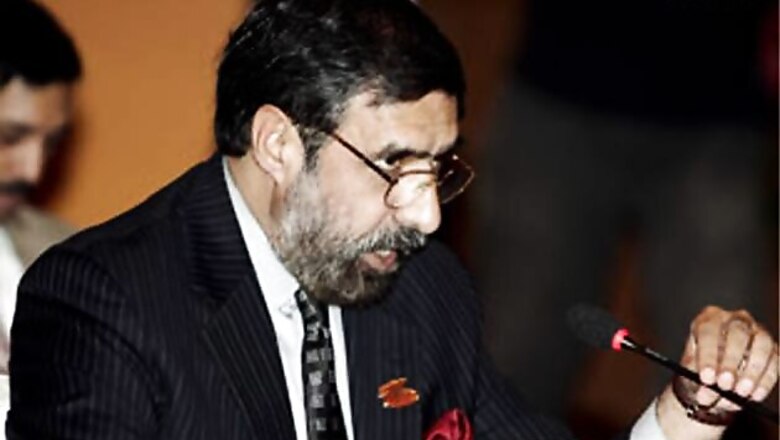
views
New Delhi: India's trade deficit is seen at $185 billion in the 2011/12 fiscal year on higher crude import bill, the trade minister said citing provisional data, which may worsen the country's current account balance and further weaken the rupee.
Asia's third-largest economy imports nearly 80 per cent of its crude oil needs, leaving it vulnerable to the vagaries of the oil market.
"The trade deficit is primarily because of the crude oil prices.... It is beyond us to control or regulate the crude prices in the foreign market," Anand Sharma said on Friday.
Full-year exports have topped $300 billion, Sharma said, exceeding the target of around 20 per cent export growth set by the government despite a slowdown in the major export destinations such as the United States and Europe.
However, imports have surged to $485 billion during April-March, a jump of 38.2 per cent from the previous year. Apart from the crude bill, gold imports of nearly $59 billion have also helped widen the trade deficit.
In 2010/11, Indian imports rose 21.6 per cent from a year earlier to $350.7 billion, while exports grew 37.6 per cent on year to touch nearly $246 billion.
With imports far outstripping exports, India's current account gap has steadily widened since last April.
In the three months to end-December, current account deficit widened to 4.3 per cent of the GDP from 4.1 per cent in the previous quarter. New Delhi has projected the deficit for 2011/12 to be 3.6 per cent of the GDP.
With the global economic recovery remaining fragile, outlook for Indian merchandise exports, for the which the United States and Europe are the key markets, remains uncertain.
"Looking forward, there will be challenges because of the continuing weakness in the global economy," said Shubhada Rao, chief economist at Yes Bank in Mumbai.
"We expect the current account deficit to remain at about 3.5 to 4 per cent of GDP for the fiscal year 2012/13."
The deterioration in the current account deficit is expected to pile pressure on the rupee, which fell nearly 16 per cent against the US dollar in 2011 before recovering somewhat this year, making it more reliant on volatile capital inflows to fund the gap.
A Reuters poll on Thursday showed investors were the most pessimistic on the rupee among Asia's emerging market currencies for a third consecutive month.



















Comments
0 comment